America’s health care safety net may be full of holes, but its doctors and hospitals are generously pitching in with charity care to fill some tears in that net.
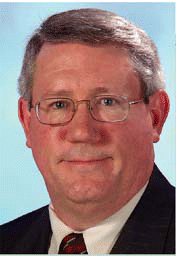

America’s health care safety net may be full of holes, but its doctors and hospitals are generously pitching in with charity care to fill some tears in that net.

“Accentuate the positive” was one of the pointers heard by the almost 200 otolaryngologists and surgeons who attended the Triological Society’s April 28 panel discussion on “Nuances in Rhinoplasty” at the Combined Otolaryngology Spring Meeting.
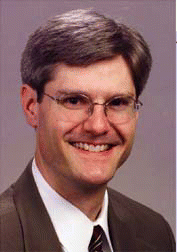
Obstructive sleep apnea (OSA) is now a suspected risk factor for glaucoma and other optic nerve diseases, according to a recent review of the topic in the Canadian Journal of Ophthalmology.
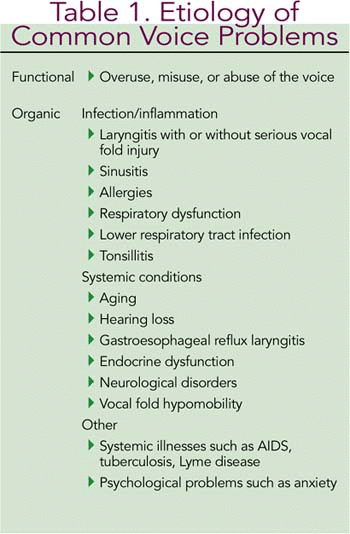
Voice problems in professional voice users are largely the same as those that occur in the general population, but with one important caveat-the potential consequences.
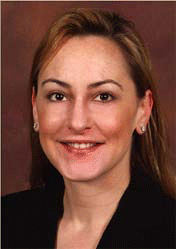
A team of otolaryngologists at Weill Medical College of Cornell University in New York has posed some important questions regarding reviewing residency training for making tracheotomy tube changes.
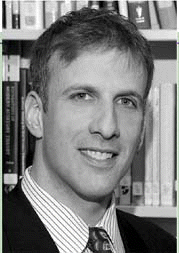
The remarkable new tools of the genomic generation have been used by researchers at the House Ear Institute in Los Angeles, Translational Genomics Research Institute in Phoenix, and the University of Antwerp, Belgium, to zero in on genes that cause presbycusis, or age-related hearing loss.
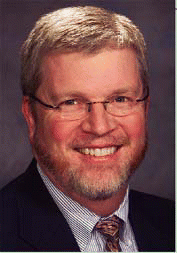
Although expenses related to medical malpractice are often seen as a cost of doing business, the experience of litigation is a personal, as well as a professional assault. A malpractice suit attacks a physician’s integrity and confidence.
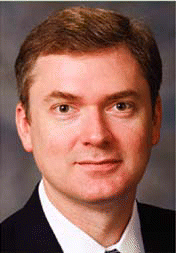
I would like to comment on your article Watchful Waiting May Be the Best Strategy, by Sheri Polley, in the November 2006 issue of ENToday.
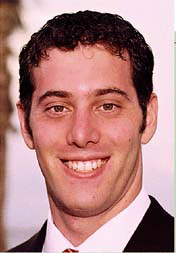
The prevalence of biofilms was discussed in several presentations at the Combined Otolaryngology Spring Meetings here.